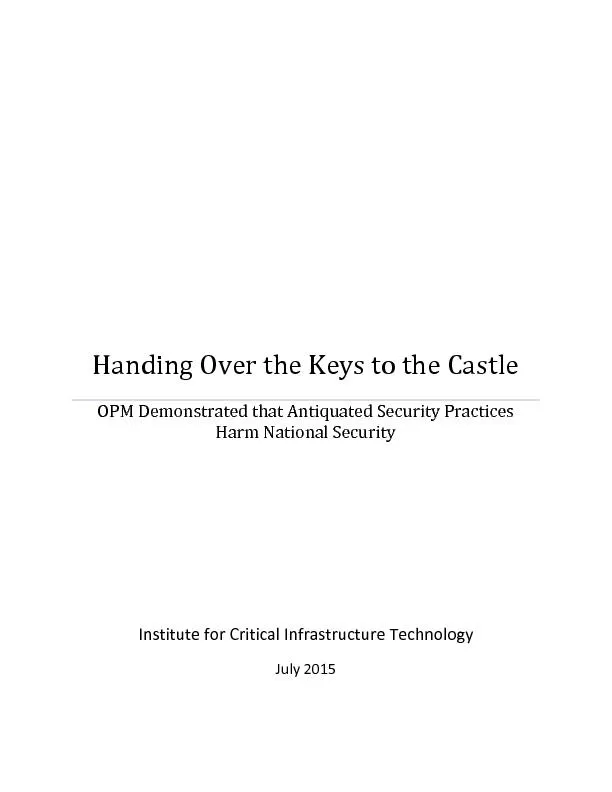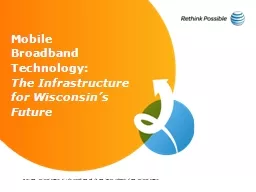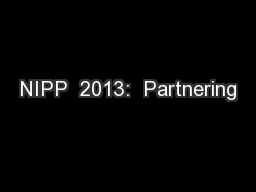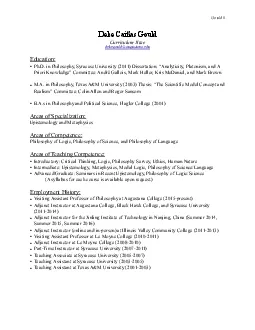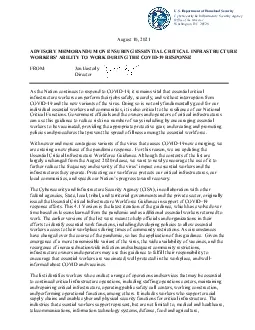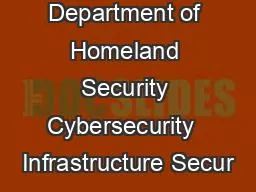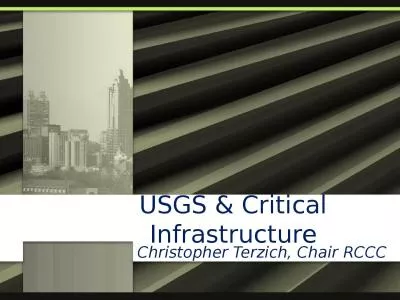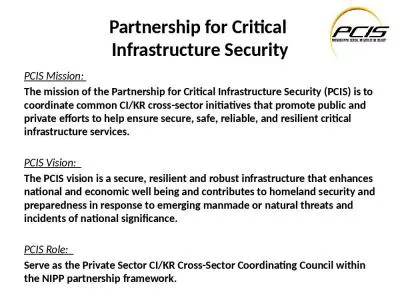PDF-e for Critical Infrastructure Technology
Author : sherrill-nordquist | Published Date : 2016-09-17
Instit u t July 2015 Handing Over the Keys to the Castle OPM Demonstrated that Antiquated Security Practices Harm National Security In this digital age information
Presentation Embed Code
Download Presentation
Download Presentation The PPT/PDF document "e for Critical Infrastructure Technology" is the property of its rightful owner. Permission is granted to download and print the materials on this website for personal, non-commercial use only, and to display it on your personal computer provided you do not modify the materials and that you retain all copyright notices contained in the materials. By downloading content from our website, you accept the terms of this agreement.
e for Critical Infrastructure Technology: Transcript
Download Rules Of Document
"e for Critical Infrastructure Technology"The content belongs to its owner. You may download and print it for personal use, without modification, and keep all copyright notices. By downloading, you agree to these terms.
Related Documents

